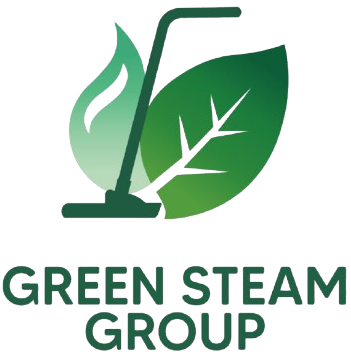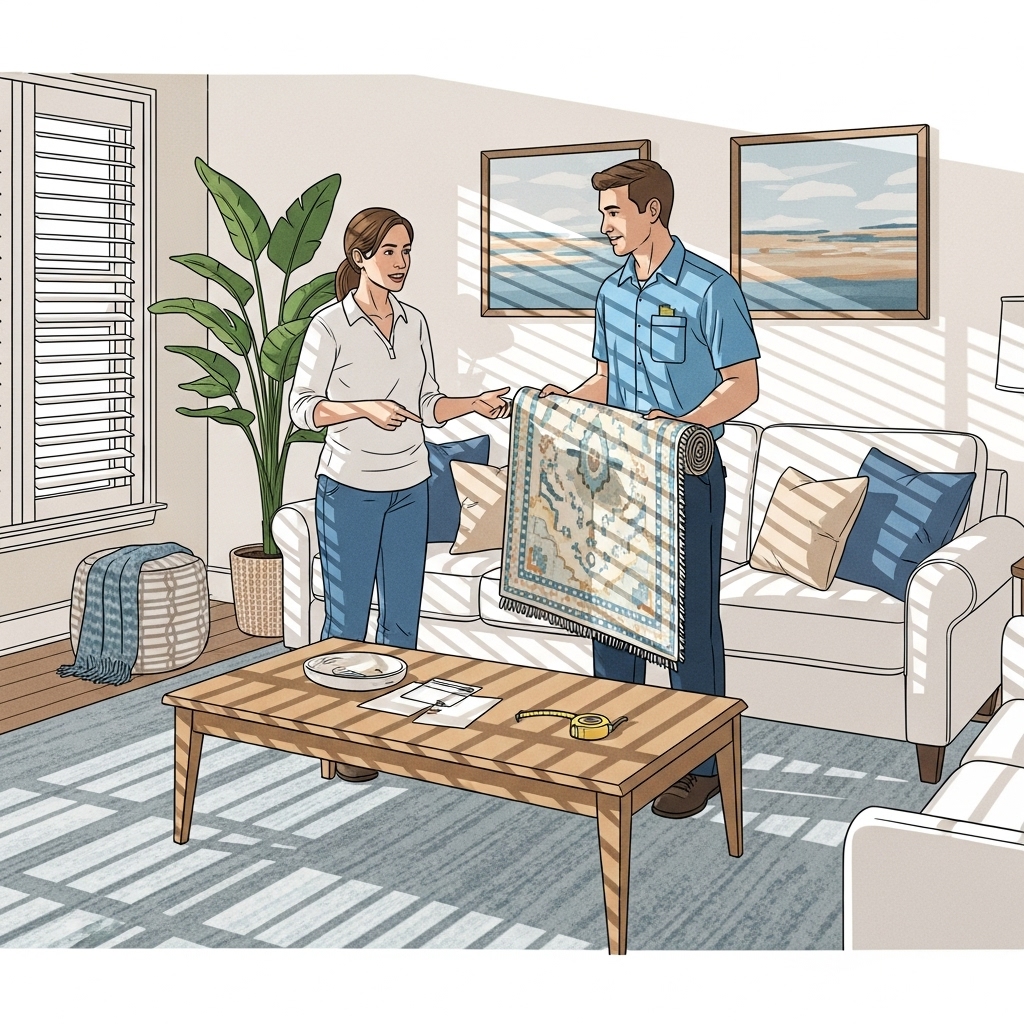Ask ten Tampa homeowners what they expect to invest in caring for their area rugs and you’ll hear ten different answers, shaped by fiber type, family life, and the way our coastal climate nudges textiles to age. While the word on everyone’s mind is often “how much,” the smarter question is what goes into that final figure and how to make sure the service you choose aligns with your rug’s needs and your expectations. Professional rug cleaning is not a fixed, one-size proposition; the work adapts to the piece in front of the technician, the soils within it, and the environment it lives in.
In Tampa, we live at the intersection of beach and city. Sand that sneaks in on a breezy afternoon, humidity that lingers after a thunderstorm, and bright sun pouring through sliders all influence how rugs wear and how they should be cleaned. A hand-knotted wool runner in a Seminole Heights craftsman needs different attention than a thick tufted rug in a Downtown high-rise. The “what homeowners pay” conversation is really about value—what steps protect color, texture, and structure—and how those steps are tailored to your specific situation.
Rug materials and construction shape the scope of work
Wool remains the standard-bearer for durability and beauty, and most wool rugs respond beautifully to a thorough, controlled bath and careful drying. Silk, often seen as highlights or in finer pieces, demands gentler chemistry and handling to maintain luster. Cotton can brighten a room but holds soils tightly, requiring more deliberate rinsing. Viscose and bamboo silk mimic the look of luxury yet behave differently in moisture, calling for lower-water methods and extra caution. Machine-made and hand-knotted rugs also behave differently; the former may include adhesives or latex backings, while the latter have foundations that benefit from deep rinsing. Each of these variables informs the work plan, which is why a meaningful estimate starts with a hands-on inspection.
Size and soil load determine effort
The square footage of a rug influences the time and resources needed, but so does the soil load you can’t always see. A living room rug near a balcony door gathers more grit than a seldom-used guest room piece. High-traffic lanes, dining-area spills, and pet hangouts all concentrate soils in ways that require targeted attention. Effective dry soil removal, such as dusting and controlled vibration, is the foundation before any wet work begins, and rugs with a heavier soil burden simply need more of it.
Odor and contamination concerns add complexity
When pets, spilled beverages, or even a bit of coastal dampness settle into a rug, the process must address both surface and foundation. Odor treatment isn’t a quick spritz; it’s a methodical flush and rinse of affected areas followed by measured drying. The more thorough the approach, the more time and care it requires. This is especially true for dense pile rugs and those with thick pads underneath, where unseen residues can linger without precise attention.
Delicate dyes and special finishes change the approach
Rugs with vegetable dyes, abrash color transitions, or tea washes require careful testing so cleaning preserves their character. Fringe may call for separate, gentle brightening. Some contemporary designer pieces have surface treatments that create matte-gloss effects, which should be protected during agitation. Tailoring the method to these traits is part of responsible workmanship and part of what you’re investing in.
Condo versus single-family home logistics
In Tampa’s many condominiums, access schedules, elevator reservations, and protective coverings for common areas add planning steps. That coordination ensures your neighbors, building staff, and HOA remain at ease with the process. Single-family homes often allow quicker in-and-out, but larger rugs may still require careful handling and documentation. Either way, the goal is simple: move the rug safely and respectfully from your space to the cleaning studio and back again.
Drying in a humid climate requires discipline
Drying is where haste can undo good work. Wool responds best to balanced airflow and warmth, while silk prefers a cooler, steadier path to dryness. Controlled dehumidification keeps mustiness at bay and helps the rug return to a stable, relaxed state. This stage is as much about patience as it is about equipment, and it’s a critical piece of the value you receive.
Expect clarity about methods and outcomes
A clear conversation sets the tone for a good experience. Ask what dusting looks like for your rug’s construction, whether immersion or a low-moisture method is appropriate, and how the team handles fringe or delicate dyes. These details turn a vague estimate into a transparent plan, and they tell you whether the process you’re buying matches the rug you live with.
Why quotes range even for similar-looking rugs
Two rugs of equal size can require very different efforts. One might be a sturdy wool with moderate foot traffic and no significant spills; the other could be a similar-looking piece with pet accidents, a high concentration of fine grit, and a fringe that needs attention. Behind-the-scenes differences—foundation materials, previous cleanings, or small repairs—also shape the work. What you’re really comparing is the scope, not just the surface appearance.
The mid-process magic you don’t see at home
When you hear professionals talk about rinsing until the rinse runs clear, about grooming the pile to set it for drying, and about monitoring moisture content, they’re describing the subtleties that show up later in color clarity and hand-feel. That’s the heart of expert rug cleaning: disciplined steps that preserve structure while releasing the soils that dull appearance and shorten lifespan. These choices don’t happen by accident; they come from training and repetition.
Protecting your investment after it returns
Once your rug is back in place, maintenance matters. A quality rug pad tailored to your flooring reduces friction and allows airflow. Seasonal rotation diminishes sun-striping from our bright Gulf light. Prompt, gentle spill response keeps minor mishaps from becoming permanent guests. Freshly cleaned fibers are more receptive to soil release, so routine vacuuming becomes more effective, stretching the time between deep cleanings.
When small repairs make a big difference
Addressing loose edges, thinning fringe, or light moth activity early can prevent larger work later. After cleaning, the rug’s true condition is easier to see, and that’s the moment to plan any needed stabilization. A tidy binding repair or sectional re-knot protects both appearance and safety, especially in busy areas where feet can catch on a fray.
Communication is part of the value
Homeowners appreciate being kept in the loop, particularly when a rug reveals surprises. A candid call about a stubborn spot or a dye that behaves cautiously isn’t bad news—it’s evidence that the team is paying attention and honoring the promise of careful work. Documentation with before-and-after photos helps you see what changed and what was preserved.
Timing and planning around your schedule
Coordinating pickup and delivery around building policies, family routines, or a home project helps the experience feel effortless. In Tampa, that might mean avoiding Gasparilla traffic, navigating game-day closures, or scheduling around afternoon storms. Good planning minimizes disruption and gets your rug back underfoot when you want it.
Frequently asked questions
Below are answers to the most common questions Tampa homeowners ask when deciding how to budget for and plan area rug care.
What determines the overall investment for cleaning my rug?
Fiber type, construction, size, soil load, and any special concerns like pet accidents or delicate dyes shape the scope of work. Logistics—such as condo access and protective measures—also factor in. A hands-on inspection leads to a plan that matches those realities.
Can I get a reliable estimate without an in-person inspection?
Photos and measurements provide a starting point, but in-person inspection is best. It confirms fiber identity, dye stability, and foundation condition, and it helps uncover details that influence method and time, leading to a more accurate projection.
How do I compare two different estimates?
Look past the headline and examine the steps included. Ask about dusting, rinsing, drying controls, fringe care, and how pet or spill issues are addressed. A thorough plan may look different on paper because it includes protections that show up later in durability and appearance.
Will a deeper cleaning shorten my rug’s life?
When carried out with proper testing and technique, deeper cleaning extends a rug’s life by removing abrasive soils and residues. The goal is not harshness but precision—lifting what doesn’t belong while preserving the integrity of fibers and dyes.
What can I do to make future care simpler?
Vacuum regularly, rotate seasonally, and use a pad that suits both your rug and flooring. Blot spills promptly and avoid aggressive scrubbing. These habits reduce soil load and help any future professional visit focus on renewal rather than rescue.
When you’re ready to refresh the rugs that tie your rooms together, choose a local partner who explains the process clearly and delivers results you can see and feel. Start the conversation today and schedule expert rug cleaning so your Tampa home looks brighter, cleaner, and more welcoming with every step.

